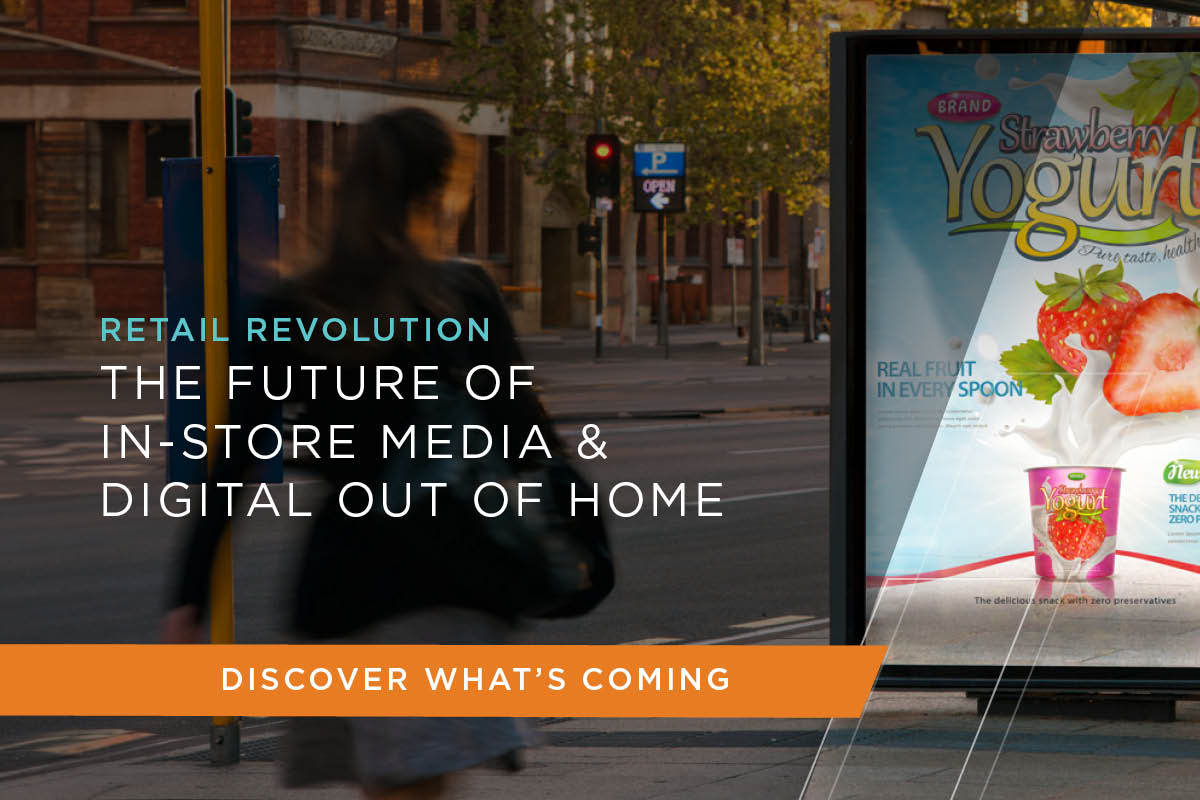Summary
As they look ahead to marketing in a post-COVID marketplace, advertisers are refreshing and resetting their marketing strategies. In the process, they’re also factoring in the evolving concept of loyalty.
The pandemic proved that loyalty often boils down to consumers’ need for convenience and most definitely reflects their dynamic preferences, shifting at a moment’s notice as shopper behaviors and values evolve.
Of course, consumer loyalty can never really be assumed. Thanks to a massive number of product and shopping options, consumers have a lot more flexibility in their purchasing selections. The pandemic further complicated the story, calling into question the tactics necessary for building brand loyalty and exposing consumers to new brands that were not originally part of their consideration set.
The pandemic has also impacted trial and awareness. With in-store foot traffic decreasing, consumers are less likely to discover as many new products, at least those that launch in brick and mortar. They want to get in and out of stores — or pull up to the curb, open the hatch, and have their purchases deposited in the back of their vehicles.
The net result is a recalibration of brand expectations and preferences that may be in play for years to come. This current situation only serves to press the point that marketers must reconsider the strategies to build and maintain brand loyalty. Those brands that do not take this opportunity to adjust will become less relevant and relied upon as their consumers leave for greener pastures.
Rebuilding the Concept of Brand Loyalty
If building brand loyalty is key to the long-term outcomes of your marketing efforts, consider the following going forward:
1. Make authenticity central to your messaging.
As millennials enter their prime spending years, a collective shift has taken place in nearly every category: principles over products. According to the 2020 Valassis Consumer Intel Report, 43% of consumers said it’s important to buy products from brands whose values match their own. If brands don’t align with certain beliefs, consumers will go elsewhere. In fact, many corporate giants face increased competition from purpose-driven upstarts that prioritize sustainability, diversity, and fair employment practices.
But don’t try building brand loyalty based on a cause that isn’t core to your brand. Authenticity is vital, and belief-driven buyers will be the first to call you out for any insincerity. Determine what’s important to customers, talk to them in meaningful ways, and pair promotions with your principles when it makes sense. Regain their attention with advertising that’s genuine and current to connect with them more deeply, and ensure they choose you again (and again).
2. Turn information into up-to-date consumer insights.
About 90% of respondents to the Valassis Consumer Behavior and Media Consumption Survey said they appreciated brands that provide timely and relevant information in the wake of COVID-19. To deliver on this expectation, brands must understand their buyer personas that have emerged from the pandemic. Don’t rely on past profiles, as those are guaranteed to have evolved. Rather, refresh your consumer research to reflect the latest drivers influencing brand choice and uncover the nuances of new shopping behaviors. Ideally, append actual purchase data to your consumer profiles to understand competitive buying the pandemic may have spurred and develop defense strategies. Embrace all options for real-time data to constantly hone your understanding of the consumer and the rapidly changing ways in which she views the brand, the category and retailers.
In some cases, a pivot in marketing strategy may be necessary. If brands have learned anything during the pandemic, it’s flexibility in their strategies to build and maintain brand loyalty. A campaign developed just six months ago might be completely irrelevant today. Agile marketing principles of frequency, experimentation, and a relentless commitment to audience satisfaction will help develop brand engagement strategies that address the consumer’s latest mindset and increase your success in cultivating long-term consumer relationships.
3. Reimagine your digital mindset.
From a media perspective, mobile is highly effective for driving awareness and influencing shoppers at critical decision-making moments. Interactive apps with wayfinding functionalities, for example, can lead consumers to the exact locale of any product in a store, making the shopping experience more enjoyable and efficient. It also provides real-time consumer insights into current purchase behaviors, allowing retailers to better stock store shelves.
Look for other ways to leverage mobile, social, and influencer marketing to extend reach across platforms. Consider what a notification could do to persuade someone to make a purchase when consumer convenience often outweighs consumer loyalty. Given the shift to online retail, no current campaign should exist without a digital angle. Most categories have seen an uptick of at least 10% in online sales at this time. It’s all about fine-tuning an omnichannel marketing strategy.
Also, consider that a coupon marketing strategy — which is an effective way for rewarding and driving consumer loyalty — can be amplified with a digital component. Coupons help drown out the competition, including those brands that might have received “accidental trial” during the pandemic. They also help defend against private label brands that compete with national brands at increasingly higher levels.
Consumer loyalty has always been hard-won — it’s just a little more complicated at this time. As long as you leverage the data available and turn it into real-time consumer insights that inform your marketing tactics going forward, you should be in an excellent position to engage loyal brand consumers and give yourself a solid foundation to stand upon in this new consumer normal.
Is your interest piqued on the role loyalty plays in the evolving consumer landscape? Learn more about how coupon marketing can key your brand’s recovery and spark loyalty.
Aimee Englert is executive director, CPG client strategy for Valassis focused on driving revenue through strategy, insights and engagement. She has more than 20 years of experience across multiple marketing disciplines, from consumer promotions and digital advertising, to market research, shopper marketing and industry thought leadership.



